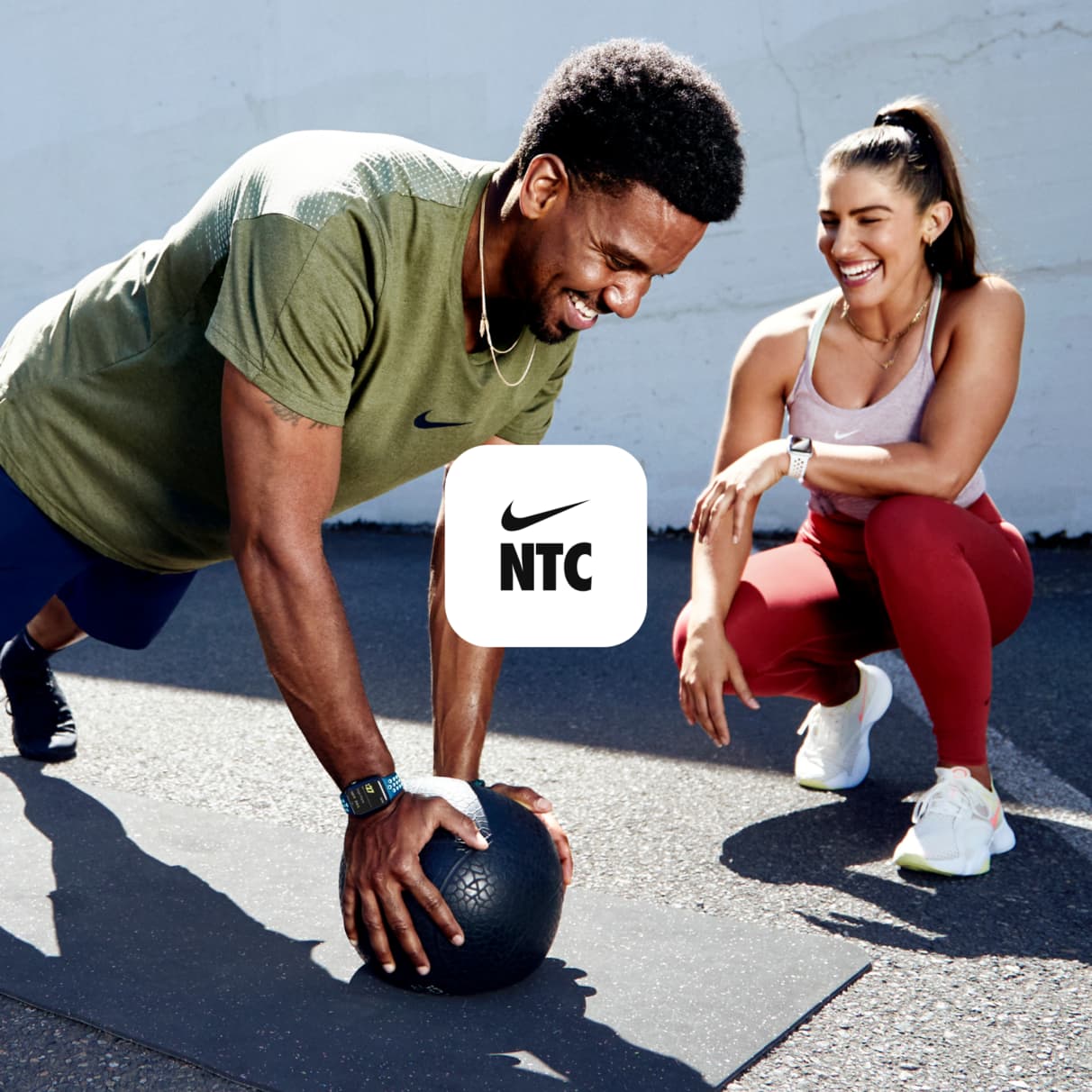Starting on March 11, 3D Secure 2.0 will be introduced for credit card payments. See details here.
How to Burn Belly Fat
Health & Wellness
Stubborn belly fat requires a diet and lifestyle adjustment to shift. Here’s what you need to do to burn belly fat for good.

Fat is an essential part of the human body, involved in many metabolic and hormonal activities that allow you to function. But excess fat, particularly around the waist or belly region, may be a cause for certain health conditions and can keep you from feeling and performing your best. Simple lifestyle and dietary adjustments can help you burn unwanted belly fat and get you back on track.
Do you struggle with excess fat around your stomach? Your fat distribution may be fairly even around your body, or you may just be experiencing belly fat, with leaner limbs. These two cases may indicate different types of fat accumulation. Knowing which type of fat you have can give you an idea of how best to tackle it. Let us explain.
The Three Types of Fat Cells
If you sliced open a human body, you would see three different colored substances that are all types of body fat. White, brown and beige fat tissues are either essential, subcutaneous or visceral fat, depending on their placement in the body.
- Essential Fat: This body fat is found in your muscles, nerve cells, bone marrow, brain and vital organs such as your heart and lungs. It protects our vital organs, insulates, allows vitamins to be absorbed, regulates hormones and so much more. To maintain good health, men need 2–5 percent of their total body weight to come from essential fat, while women need 10–13 percent, according to the American Council on Exercise.
- Subcutaneous Fat: Subcutaneous fat is white fat that is stored directly under the skin. This is the type of white fat that is measured when you get your body fat tested with calipers. It’s the "pinchable" fat. Subcutaneous fat is normal and healthy. It’s responsible for keeping you warm, cushioning your tissues and organs from trauma and impact, and acting as a reserve energy source. This is also the type of fat that builds up when you’re in a prolonged energy surplus, i.e., eating too much and moving too little.
- Visceral Fat: Unlike subcutaneous fat, visceral fat is not stored under the skin, but inside the abdominal cavity. It’s a deep, gel-like fat that wraps around major organs. A small amount of visceral fat is needed to pad out the spaces between organs. But too much can be dangerous. It can lead to central obesity, heart disease, high blood pressure, type II diabetes, and more.
What Type of Fat is Belly Fat?
The placement of your fat may indicate the type of fat it is. If your fat is distributed fairly evenly around your body, you may have higher levels of subcutaneous fat. If your fat distribution centers around your stomach, you may have more visceral fat.
A quick way to test this is to wrap a tape measure around your waist, over your belly button. Your waist circumference is an indicator of how much excess subcutaneous and visceral fat is stored inside the abdomen. More than 35 inches for women or more than 40 inches for men is a sign that you have accumulated belly fat.
Interestingly, you could appear slim but have high levels of visceral fat, something that's only known by doing body composition testing. Even though your total body weight may not be high, the internal belly fat accumulation suggests an unhealthy lifestyle or diet.
Visceral fat is considered more dangerous due to its placement between the vital organs. So if you are experiencing belly fat, your goal should be working to reduce this to maintain optimal health.
How to Burn Belly Fat
1.Cut Out Refined Carbohydrates and Trans Fat
A diet high in refined carbohydrates and saturated or trans fat contributes to belly fat. Refined carbohydrates are found in soda, pastries, bagels, pizza and more. Studies show that these foods are linked to an increase in visceral belly fat. This is partly because they are calorie-dense and easy to overeat. And partly because they lead to blood sugar and insulin spikes, which over time, can cause insulin resistance and excess fat gain.
Saturated and trans fat are found in butter, biscuits, cakes, processed meats and fried food. They are inflammatory and have been shown to increase visceral belly fat.
2.Eat More Protein
A high-protein diet is linked to weight loss for a few key reasons. Protein consumption increases the speed of your metabolism, increases satiety and reduces your appetite. It does this by boosting thermogenesis and altering the production of a number of hormones such as ghrelin and leptin, both associated with hunger and fullness signaling.
A study published in the International Journal of Obesity compared a group of participants eating a high protein diet versus a group eating a normal protein diet, both in a caloric deficit. The high protein diet group lost more weight, were able to sustain the weight loss over the span of a year and decreased their blood pressure, blood lipids and inflammation more so than the group on a normal protein diet. Protein-rich foods include poultry, red meat, eggs, tempeh, whey protein powder and beans.
3.Reduce Total Calorie Intake
Here’s the thing: if you want to burn belly fat, your body has to be in a fat-burning rather than fat-storing state. How can you do that? By being in a calorie deficit. Your total daily energy expenditure (TDEE) tells you how many calories you need to consume to influence your body weight.
If you eat more than your TDEE, you’ll gain weight. If you eat less, you’ll be burning fat stores for fuel, and you’ll lose weight. Remember: There’s no such thing as fat spot reduction. So if you want to lose belly fat, you’ve got to make sure your body is in a calorie deficit, which requires it to draw on stored energy.
Calculate your TDEE by using an online calculator or speaking with a professional. Following a meal plan or counting calories/macros can ensure that you are sticking to a low-calorie diet.
Adopting a low-carb diet can be an effective way to burn belly fat. As mentioned, excess refined carbohydrates can contribute to belly fat accumulation, so by limiting this and adopting a low-carb diet with plenty of healthy fats (unsaturated) you may get good results. This is supported in research.
A study published in the Journal of Nutrition in 2015 found that a low-carb, high-fat diet reduced more abdominal fat than a group who followed a low-fat, high-carb diet. This is because reducing carbohydrates increased insulin sensitivity and accelerated the burning of visceral belly fat.
4.Check for Vitamin Deficiencies
If you have a healthy diet and exercise regularly but still have stubborn belly fat that you can’t shift, you might have a vitamin deficiency. Vitamin D deficiency is linked to increased belly fat. This is because fat cells have vitamin D receptors. When vitamin D levels are low, your body can’t efficiently mobilize fat stores and more energy is stored as fat rather than burned for fuel, adding to fat mass. This excess fat is disproportionately stored around the abdomen.
5.Manage Stress
It’s not just your vitamin D levels that affect belly fat. In fact, cortisol, the stress hormone, has been shown to contribute to abdominal fat. Cortisol affects fat distribution, increasing the amount of centrally located visceral fat. When you’re stressed, you’re also more likely to "stress eat" and move less, causing greater weight gain.
6.Move Daily
Exercise is powerful! It can help relieve stress to combat high cortisol levels. It’s also a way to create and enhance an energy deficit. It mobilizes fat stores. It builds muscle, which increases your metabolic rate. It has a number of health benefits that go beyond the physical. If you want to lose belly fat, exercising daily needs to be part of your plan. When it comes to the best exercise to reduce belly fat, you have a few options:
- High-Intensity Interval Training (HIIT): HIIT is great for fat loss. It gets your heart rate up and creates an oxygen deficit. This high intensity burns fat during and post-workout. A study published in Sports Medicine in 2018 found that in 39 studies on HIIT and fat loss, HIIT significantly reduced abdominal and visceral fat mass.
- Aerobic Exercise: Aerobic exercise such as walking, cycling and rowing are ideal ways to hit your daily movement goal. You could try walking 10,000 steps a day, or cycling to work instead of driving. Even though aerobic exercise is performed at a lower intensity than HIIT, it still has notable benefits for fighting belly fat. A study found that aerobic exercise reduced abdominal fat and improved insulin sensitivity in a group of participants experiencing belly fat. These participants were doing 12 miles per week of aerobic training at 75 percent peak O2 uptake (low to moderate-intensity).
- Resistance Training: Resistance training can be done with free weights or your body weight. It helps to build lean muscle, which boosts your metabolic rate to mobilize fat stores more effectively. Aim to do this three to five times per week.
